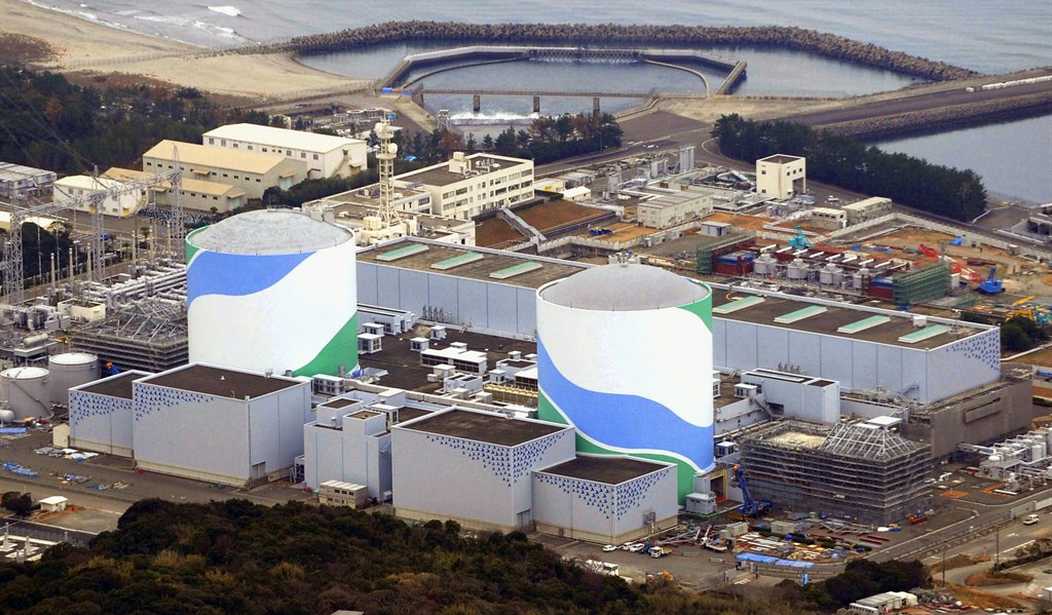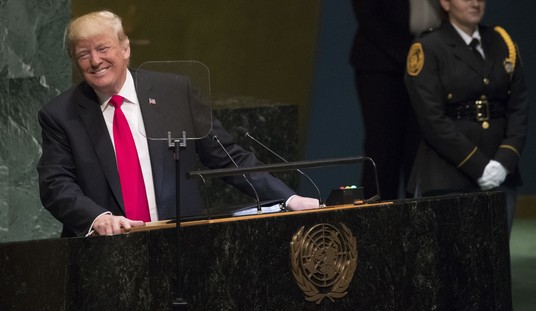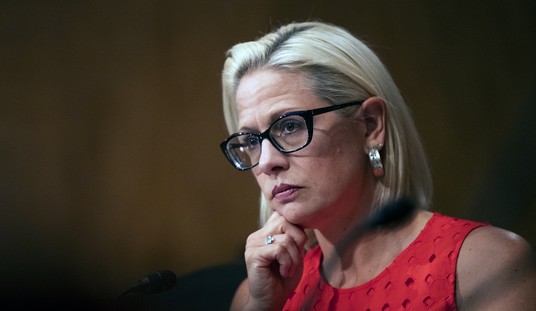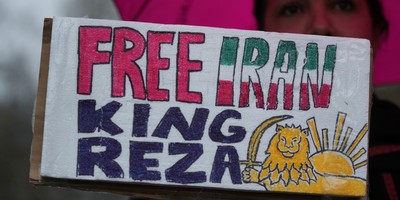A decade has passed since the Great East Japan Earthquake, and the name Fukushima is etched into history. But few people know the truth of what happened. The phrase, “the lessons learned from Fukushima,” is well-known. But how do people implement them, if they don’t know what happened, or what lessons they should actually learn?
It was after lunch on 11 March 2011 that a giant earthquake occurred 72 kilometers (45 miles) off the Oshika Peninsula in Japan. It registered 9.0 on the Richter Scale, making it the largest ’quake ever recorded in Japan. The undersea ground movement, over 30 km down (18.5 miles beneath Earth’s surface), lifted up a huge volume of water, like an immense hill. Meanwhile, the ground shockwave travelled toward the land at high speed. It struck Japan and shook the ground for six terrifying minutes.
The shock wave travelled under 11 nuclear reactors, including two separate Fukushima complexes: Fukushima-Diani and Fukushima-Daiichi. (Diani means ‘Complex 1’ and Daiichi ‘Complex 2’.) All 11 reactors shut down, as they were designed to do, and no doubt all the reactor operators breathed a great sigh of relief.
But the mound of sea water was still traveling. As the water “hill” entered more shallow water, nearer the land, it was lifted up into a towering wave as high as 40 meters (131 feet!) in places. Then, some 50 minutes after the earthquake, the tsunami struck the Fukushima-Daiichi nuclear power station. Some kilometres away, when water struck the Fukushima-Diani nuclear power station, it was “only” 9 m (30 ft) high, which was not as devastating as at Daiichi. Diani did not make it into the news.
The water jumped the protective sea walls at Fukushima-Daiichi. The sighs of relief from a half hour before were short-lived. Over at the Fukushima Diani power station, 12 km (7.5 mi) to the south, water also caused damage to machinery, but the reactors were not harmed. There was no risk of radiation release, so the Diani power station was of no interest to the international media. Diani was safely shut down to “cold shutdown” after two days.
Recommended
As a result, over the past decade, any reference to “Fukushima” has meant only the Daiichi power station and not the other one.
The devastating tsunami swept up to 10 km (6 mi) inland in places, washing away buildings, roads, and telecommunication and power lines. Over 15,000 people were killed, mainly by drowning.
Although all the nuclear reactors had shut down to a state known as ‘hot shutdown,’ the reactors were still very hot and needed residual cooling for many hours after the urgent fast shutdown. People instinctively know not to put their hands on the engine block of a car right after it has been switched off. Nuclear reactors are the same and need to cool down until they reach the safe state known as ‘cold shutdown.’
A nuclear reactor has giant pumps that send water through the reactor until it cools. But the Fukushima electrical pumps failed, because the tsunami had washed away the incoming electricity power lines. So the reactor operators switched to diesel-pump cooling; but the water had washed away the main diesel supply, so the diesels worked for only a short while, until diesel fuel inside the pipework ran out. Then they switched to emergency batteries, but the batteries were never designed to last for days; they could supply limited emergency power for only about eight hours.
The result was that hot fuel could not be adequately cooled, and over the next three or four days the fuel in three reactors melted, much like a candle melts.
The world media watched, and broadcast the blow-by-blow action. Japanese authorities started to panic under the international spotlight. The un-circulating cooling water was boiling off inside the reactors resulting in a chemical reaction between hot fuel exposed to hot steam. This led to the production of hydrogen gas. As the steam pressure rose, the engineers decided to open valves to release the pressure. That worked as planned, but it released the hydrogen as well.
Hydrogen, being light, rose up to the roof, where the ventilation system was not working, because there was no electricity. After a while some stray spark ignited the hydrogen which exploded, blowing the lightweight roof off the building right in front of the world’s TV cameras. The Fukushima news just became much more dramatic. Authorities were desperate to show the world some positive action.
They progressively ordered the evacuation of 160,000 people living around the Fukushima neighbourhood. That was a mistake. As days and weeks passed, it materialized that not one single person was killed by nuclear radiation. Not one single person was even injured by nuclear radiation, either. Even today, a decade later, there is still no sign of any longer-term radiation harm to any person or animal. Sadly, however, people did die during the forced evacuation.
So one of the lessons learned from Fukushima is that a huge amount of nuclear power can be struck by the largest earthquake and tsunami ever recorded, and nobody gets harmed by nuclear radiation.
Another lesson learned is that an evacuation order issued too hastily did harm and kill people.
World Nuclear Association Director-General Dr. Sama Bilbao y León said: “The rapidly implemented and protracted evacuation has resulted in well-documented significant negative social and health impacts. In total, the evacuation is thought to have been responsible for more than 2,000 premature deaths among the 160,000 who were evacuated. The rapid evacuation of the frail elderly, as well at those requiring hospital care, had a near-immediate toll.”
She added: “When facing future scenarios concerning public health and safety, whatever the event, it is important that authorities take an all-hazards approach. There are risks involved in all human activities, not just nuclear power generation. Actions taken to mitigate a situation should not result in worse impacts than the original events. This is particularly important when managing the response to incidents at nuclear facilities – where fear of radiation may lead to an overly conservative assessment and a lack of perspective for relative risks.”
Thus, a decade later, we can contemplate the cumulative lessons learned. Above all, they are that nuclear power is far safer than anyone had thought. Even when dreaded core meltdowns occurred, and although reactors were wrecked, resulting in a financial disaster for the owners, no people were harmed by radiation.
We also learned that, for local residents, it would have been far safer to stay indoors in a house than to join the forced evacuation. We also learned that governments and authorities must listen to the nuclear professionals, and not overreact, even though the television news cameras look awfully close.
Fukushima certainly produced some valuable lessons. Governments, news media and the public need to learn the correct lessons from them.
























Join the conversation as a VIP Member